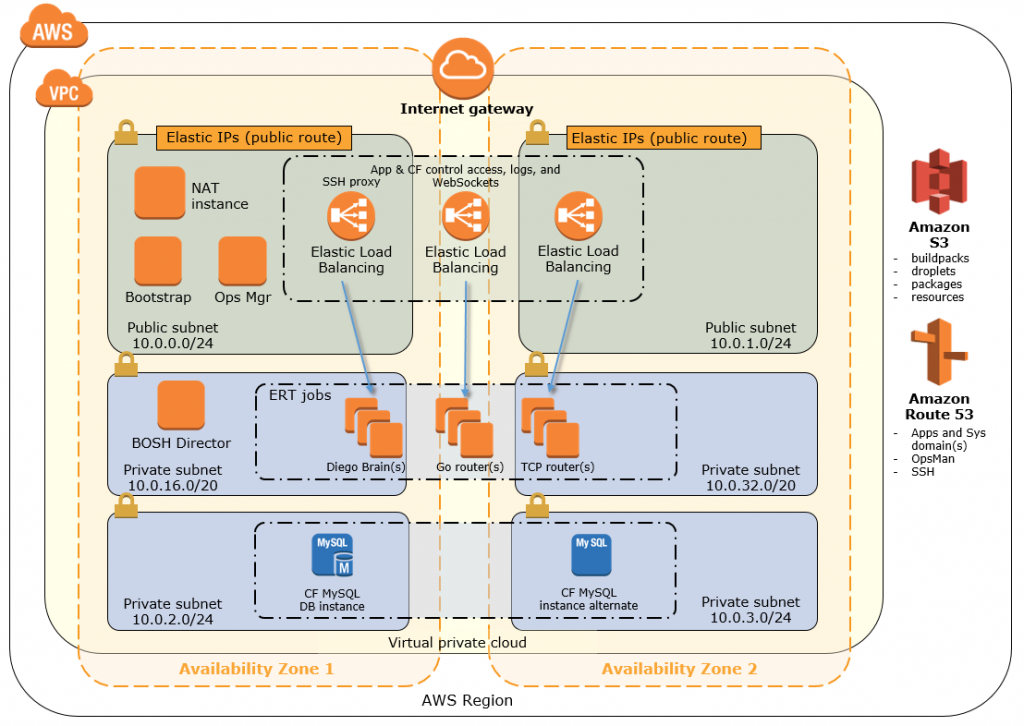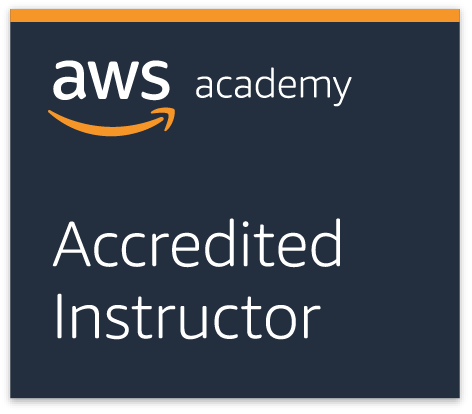
Course Outline: The COMP 490 Cloud Architecting course covers the fundamentals of building IT infrastructure on AWS. The course is designed to teach solutions architects how to optimize their use of the AWS Cloud by understanding AWS services and how they fit into cloud-based solutions. Throughout the course, students will explore case studies that showcase how some AWS customers have designed their infrastructures and the strategies and services that they have implemented. Finally, this course provides opportunities for students to build a variety of infrastructures through a guided, hands-on approach.
When and Modality: Winter session 2020/21, from December 19, 2020, to January 20, 2020, online with weekly Zoom meetings. (See here.)
Technical details: Given our partnership with AWS Academy, we are going to use AWS cloud computing resources, including free AWS accounts for students with pre-loaded credits. As the course covers all the material in AWS Academy Cloud Architecting, those students who are interested will be given vouchers to pass the certification exam.

Instructor: Michael Soltys, michael.soltys@csuci.edu, professor and chair of Computer Science, and an accredited AWS instructor. CSU Channel Islands is part of the AWS Academy, and authorized to deliver the curriculum.
COURSE DETAILS
- Detailed Course Outline: AWS Academy Architecting
- Canvas Page: https://awsacademy.instructure.com/courses/1993
To ensure success in this course:
- Some background in the cloud, such as COMP 490 from last winter session, or COMP 347 from summer session, or some other cloud experience (not necessarily AWS – it can be Google Cloud or Microsoft Azure for example).
- Junior or senior standing.
More Course Details:
- We are going to hold weekly Zoom meeting; the first meeting will be on December 21, at 6pm (PST). An invitation to the meetings will be sent in December.
- We are going to use the AWS Canvas page. Invitations to join the Canvas page will be sent in December.
- The meetings will be recorded.
- There is no textbook for the course, and all the materials, including AWS accounts and labs, will be given to students free of charge.
- The requirement for the class is a standard web browser and a WiFi connection, so that you can:
- participate in the Zoom sessions; and login into:
- your AWS Educate account (AWS console);
- your AWS Canvas and Vocareum labs;
- The course grade will be based on the guided labs, the challenge labs, the knowledge checks and the course capstone.
- Students will use the Canvas discussion feature as a forum; the instructor will moderate the forum to some extent, but students are encouraged to answer each other.
Course objectives:
- Describe how cloud adoption transforms the way IT systems work
- Describe the benefits of cloud computing with Amazon Web Services
- Discuss how to design systems that are secure, reliable, high-performing, and cost efficient
- Describe principles to consider when migrating or designing new applications for the cloud
- Identify the design patterns and architectural options applied in a variety of use cases
- Define high availability, fault tolerance, and scalability
- Discuss how to avoid single points of failure
- List AWS services that have built-in fault tolerance or can be designed for fault tolerance
- Describe why load balancing is a key architectural component for AWS-powered applications
- Identify the benefits of Infrastructure as Code
- Describe how to leverage the capabilities of AWS to support automation
- Create, manage, provision, and update related resources using AWS CloudFormation
- Articulate the importance of making systems highly cohesive and loosely coupled
- Describe system coupling to support the distributed nature of applications built for the cloud
- Describe database services for storing and deploying web-accessible applications
- Compare structured query language (SQL) databases with NoSQL databases
- Describe how the AWS Well-Architected Framework improves cloud-based architectures
- Describe the business impact of design decisions
- Identify the design principles and best practices of the Operational Excellence pillar
- Describe how to secure data at every layer in the application
- Describe the appropriate tools and services to provide security-focused content
- Describe the design principles and best practices of the Reliability pillar.
- Select compute, storage, database, and networking resources to improve performance
- Evaluate the most important performance metrics for your applications
- Follow best practices to eliminate unneeded costs or suboptimal resources
- Troubleshoot common errors
ABET Student Learning Outcome:
- ABET Student Learning Outcome (2): Design, implement, and evaluate a computing-based solution to meet a given set of computing requirements in the context of the program’s discipline.